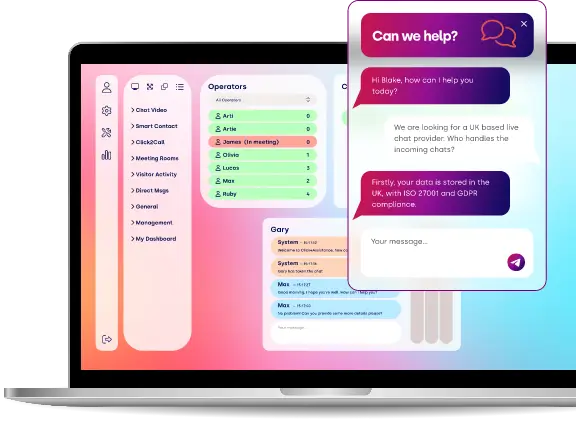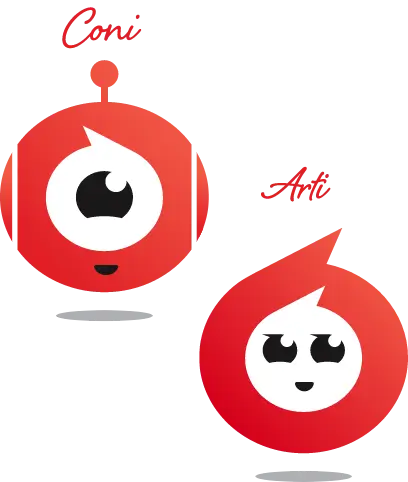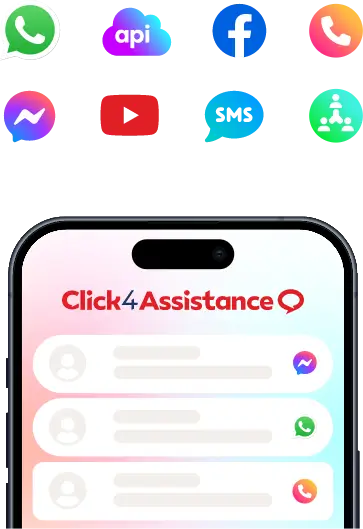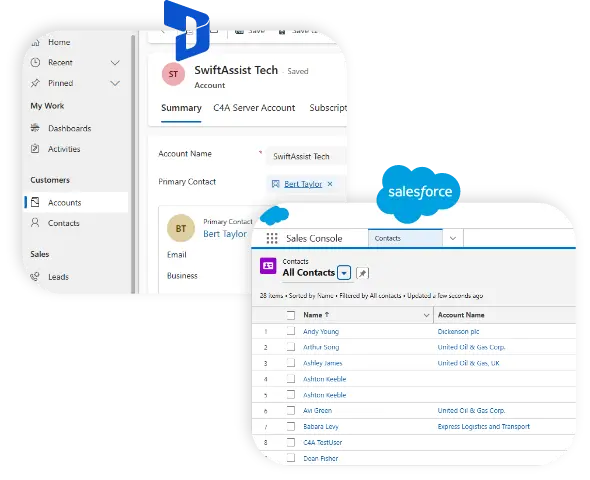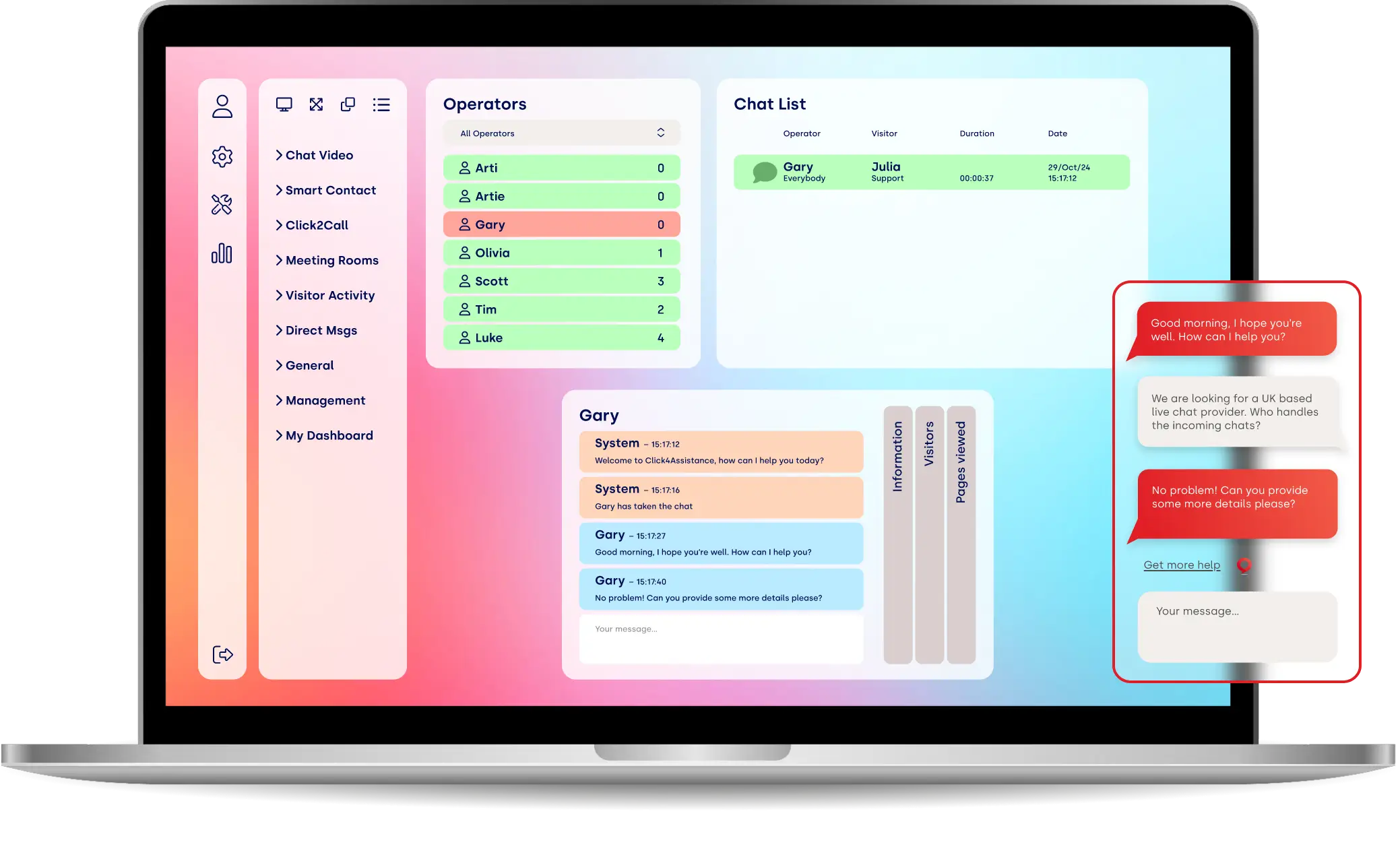Top 10 social media platforms in 2023

Discover the most popular social media platforms in 2023 and how businesses can leverage them to communicate with their audiences.
Social media platforms grow in popularity every year. And 2023 is proving no different. Many of the world’s biggest brands are jostling for position, hoping to grab more attention than ever before.
But which are the top social media platforms of 2023? Well, it’s a mixture of the usual suspects and some interesting newcomers.
This post ranks the top ten social media platforms by “monthly active users (MAUs).” Check them out below.
Facebook - 2.96 billion MAUs
No surprise that Facebook remains the world’s most popular social media platform, despite recent bad press involving the Metaverse. The platform serves nearly three billion people worldwide, facilitating interpersonal interactions and commercial exchange.
In some countries, like the Philippines, Facebook is so central to economic activity that the government actively subsidises it. Regular data and chat cost money, but Facebook Messenger is free.
According to a Meta investor report, over 200 million businesses use Facebook to market and sell their products and services. The platform facilitates easy conversation between parties, enabling unique forms of outreach that aren’t possible on regular networks.
It’s also simple to use. Adding video, Stories, and other content is relatively straightforward. Facebook’s algorithm links users to the most engaging accounts, providing opportunities for solo entrepreneurs and small businesses to reach larger audiences quickly.
YouTube – 2.2 billion MAUs
YouTube is the second largest social network (and search engine) globally. Users spend 1 billion hours watching videos daily, with more than 400 hours of content uploaded every minute. Today, over 62 per cent of businesses use the platform as a marketing channel.
Why is it so popular? It’s all to do with the video format. Human beings find it easier to consume visual content than written text. They also enjoy novelty – something that’s in abundance on YouTube.
Interestingly, YouTube’s growth has been faster than many other platforms, including Facebook. Because of this, it may soon become the dominant platform for holding attention, the key metric most marketers care about.
WhatsApp – 2 billion MAUs
Coming in at number three on this list is Meta-owned WhatsApp. This chat service offers instant messages for business enterprises and regular individuals. Curiously, the platform remains ad-free and looks almost the same as it did at launch.
Click4Assistance’s Messenger integrates with WhatsApp and Facebook Messenger, letting you see all your messages in one place. That makes it a great option for small businesses looking to streamline their workflows and reduce how often they switch between accounts.
Instagram – 2 billion MAUs
Another Meta-owned property, Instagram, is the fourth-largest social media network globally, with over two billion monthly active users. The site is famous for its Stories, reels, live videos and IGTV service.
Tourism and hospitality brands build Instagram profiles regularly. The site’s emphasis on visuals lends itself to these industries. However, any business can use the platform if it has engaging ideas and can put them into a visual format people will enjoy.
WeChat – 1.26 billion
China’s Tencent released WeChat in 2011. At the time, commentators thought it might take over the world (if not large swathes of Asia and Africa).
However, that didn’t quite happen. WeChat remains mostly confined to the Chinese mainland.
Even so, the application provides local people with plenty of services, including the ability to:-
- Transfer money
- Book taxis
- Pay bills online
- Buy groceries from local stores
- Make reservations at hotels and restaurants
- Shop online
- Message and call friends
While WeChat might be little-known in Europe and America, it can be an excellent platform for firms in China and other parts of Asia. Hence, it’s worth considering if you partner with or sell to Chinese firms and consumers.
TikTok – 1 billion MAUs
TikTok is another Chinese social network. It recently overtook Google as the most-visited site on the internet. The platform lets users create videos up to 60 seconds and offers a vast database of open-source music, video templates, snippets, and sound effects.
Is it good for business? Yes and no. TikTok is great for building viral brand awareness, but it is not the platform for consistent engagement. For that, you’ll want to generate longer-form content on another social media channel, like YouTube or Facebook.
Sina Weibo – 573 million MAUs
Weibo is yet another Chinese social media platform launched by Sina Corporation in 2009. The micro-blogging platform is a mixture between Twitter and Instagram.
Sina Weibo targets a relatively young Chinese demographic. As such, few Western companies use it. However, you may want to establish a presence on the platform if you have a global market for your products and services.
Telegram – 550 million MAUs
At number eight on this list is Telegram, a free messaging app that works across most devices. The app became popular several years ago because of its end-to-end encryption on all messages and media after WhatsApp announced changes to its privacy policy, allowing it to share data with Facebook.
Brands can use Telegram to provide one-on-one customer support. It’s also compatible with chatbots.
QQ – 539 million MAUs
Just behind Sina Weibo is QQ, another Tencent social media platform launched in 1999. The do-it-all app lets users create online avatars, stream music, shop, and play games.
WeChat became the market leader in China following its launch in 2011. However, QQ remains a popular option for younger Chinese who want to access social media from their home desktop computers.
QQ is also popular among China’s ageing workforce. As such, it can be a good option for Western companies looking to sell consumer products to the country’s growing middle class.
Snapchat
Lastly, we have Snapchat, the ephemeral text messaging service. The platform is known for its disappearing messages and popular vertical video format.
Brands use Snapchat to communicate with younger audiences. More than half of people in the UK aged between 15 and 25 report using the app.
Brands can use Snapchat to get their message out there, but it might be a steep learning curve.
